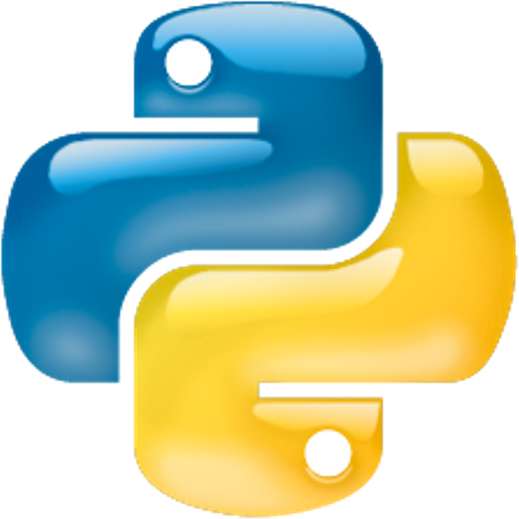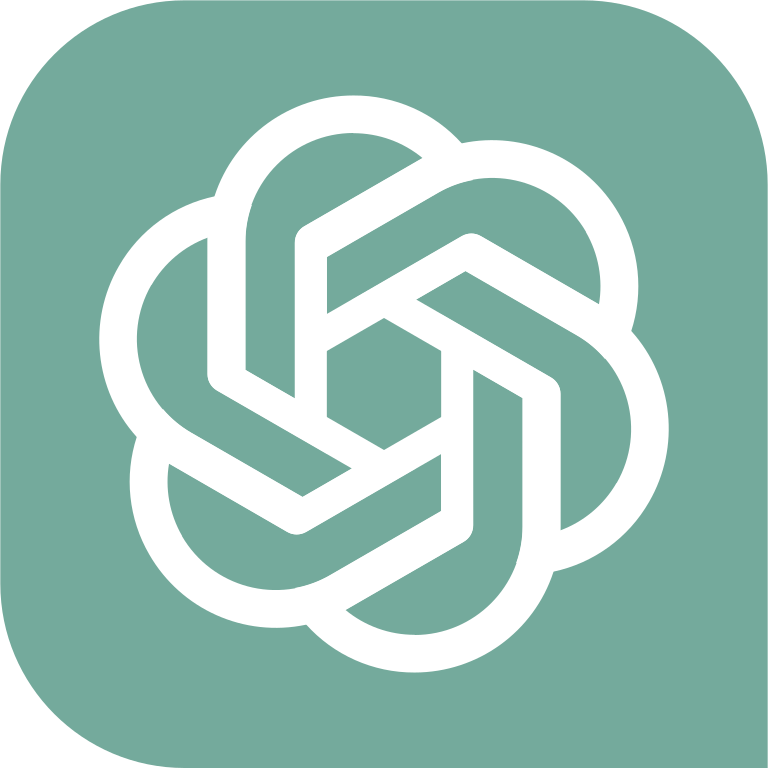Table of Contents » Chapter 5 : Disciplines : Engineering
Engineering
Overview
The field of engineering and Python programming share a symbiotic relationship that has profoundly transformed modern engineering practices. Python's simplicity, flexibility, and extensive library ecosystem make it an invaluable tool across various engineering disciplines. For mechanical and civil engineers, Python can be used to perform numerical simulations, optimize designs, and solve complex mathematical problems with libraries like NumPy and SciPy. Electrical engineers often use Python for signal processing, circuit analysis, and control systems design, leveraging libraries like SciPy and control. In chemical engineering, Python is used for process design, simulation, and optimization. Aerospace engineers use Python for flight mechanics, control design, and propulsion calculations. Industrial engineers use Python to model and optimize complex systems, leveraging its powerful data analysis and machine learning libraries like pandas, scikit-learn, and TensorFlow. Python is also widely used in the growing field of software engineering, where it serves a range of purposes from web development to artificial intelligence applications. By enabling efficient data analysis, complex mathematical computations, and automated task execution, Python has become a fundamental tool in modern engineering.
- Mechanical Engineering: Python is used in mechanical engineering for tasks like numerical analysis, simulation, design optimization, and robotics control. Libraries like NumPy, SciPy, and matplotlib are commonly used.
- Electrical Engineering: In electrical engineering, Python is used for tasks such as signal processing, circuit analysis, control systems design, and communication systems simulation. Libraries like SciPy, NumPy, control, and matplotlib are often used.
- Civil Engineering: Python finds application in civil engineering for tasks like structural analysis, geotechnical engineering, and transportation engineering. Libraries such as pandas, NumPy, and matplotlib are used for these purposes.
- Chemical Engineering: Python is used in chemical engineering for process simulation, process optimization, and fluid dynamics calculations. Libraries like NumPy, SciPy, pandas, and matplotlib are commonly used.
- Aerospace Engineering: Python is used in aerospace engineering for tasks like flight mechanics, control design, propulsion calculations, and simulation of aerodynamic properties. Libraries such as NumPy, SciPy, and matplotlib are used for these purposes.
- Industrial Engineering: Python is used in industrial engineering for tasks like system modeling, process optimization, and supply chain management. Python's data analysis libraries like pandas, and machine learning libraries like scikit-learn and TensorFlow, are used in this context.
- Software Engineering: Python is a popular choice in software engineering for web development, database management, machine learning, artificial intelligence, and more. Libraries and frameworks like Django, Flask, SQLAlchemy, TensorFlow, and PyTorch are often used.
- Environmental Engineering: Python is used in environmental engineering for tasks like environmental impact assessment, air and water quality modeling, and waste management planning. Libraries like pandas, NumPy, and matplotlib are commonly used.
- Biomedical Engineering: Python is used in biomedical engineering for tasks like medical image analysis, bioinformatics, modeling of biological systems, and design of biomedical devices. Libraries like NumPy, SciPy, pandas, matplotlib, and BioPython are commonly used.



